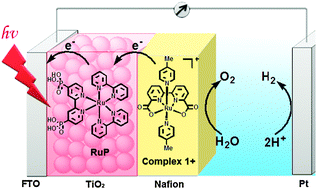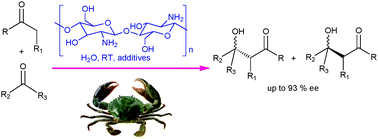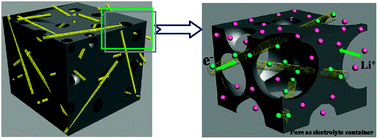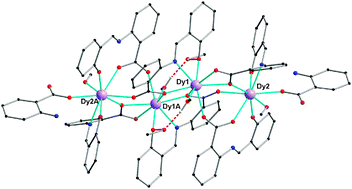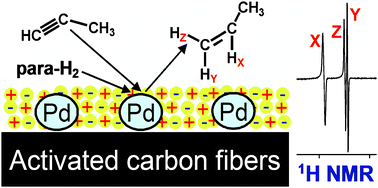Boronic acid sensing of saccharide is enhanced by coupling it with a catalytic reaction claim Chinese scientists.
Saccharides affect many metabolic processes in the body so monitoring their levels is important. Boronic acid sensing of saccharides relies on the interaction of boronic acid with a saccharide to form a saccharide boronate. The change in fluorescence when this happens is used as an optical signal to determine how much saccharide is present. The problem is that this change is low, so the method isn’t very sensitive. ‘We wanted to find a way of amplifying the sensing signal. Coupling catalytic reactions with classic interaction-based sensing seemed a good choice,’ explains Yun-Bao Jiang at Xiamen University.
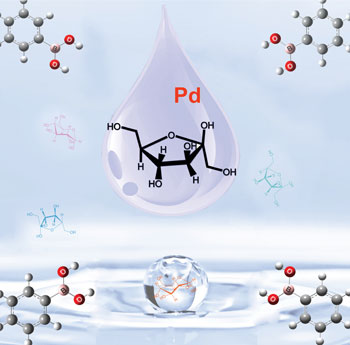
- Phenylboronic acid and saccharide boronate used to measure saccharide levels
Jiang used the Suzuki catalytic reaction, where palladium catalyses the reaction of organic halides with boronic acids to form new carbon-carbon bonds, to amplify the signal of his sensing method. Normally the Suzuki reaction is carried out at high temperature to avoid unwanted side reactions. However, Jiang used one of these room temperature side reactions, the Suzuki homocoupling reaction (where two boronic acid molecules react together) to amplify the signal of the sensing method.
Jiang first performed the Suzuki homocoupling reaction with phenylboronic acid, which rapidly formed the highly fluorescent molecule biphenyl and gave a quick increase in fluorescence emission. When Jiang repeated the reaction in the presence of saccharide, boronic acid reacted with the saccharide to form saccharide boronate, which is slower in forming biphenyl, so less fluorescence was observed. This difference between the reaction rates of phenylboronic acid and the saccharide boronate was used as the basis for sensing the level of saccharide.
James Wilson from University of Miami, US, who develops fluorescent probes for imaging biological systems says, ‘coupling a catalytic reaction to the detection scheme is an attractive way of improving sensitivity through an increased emission response’. He adds, ‘I think there is room for improvement in terms of optimising the optical output, but this is an appealing concept that could be applied to other biomolecular targets’.
‘We have just established the basic concept’, explains Jiang. He hopes that the concept will be used to develop much better sensing methods which could, for example, be applied to naked-eye detection of glucose for use in clinical tests.
To find out more, why not click here and read the article in full.


